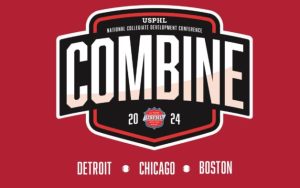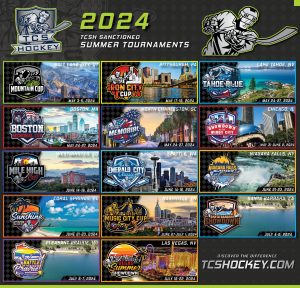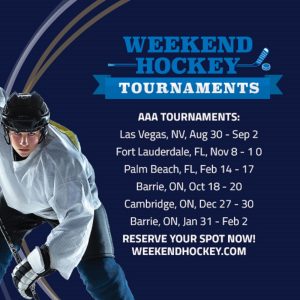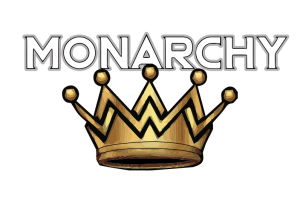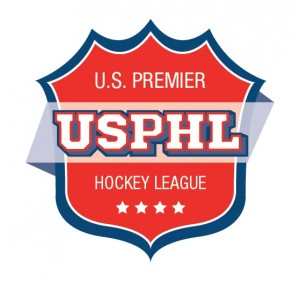Industry Profile: Brandon Convery

Brandon Convery has known the heights of anticipation that come with being one of the top-rated players in an NHL Entry Draft class. And he knows the depths of disappointment that come with seeing a promising NHL career derailed, then ended, prematurely because of injuries.
With those experiences in mind, plus years of coaching youth hockey and access to some of the top minds in the game, Convery decided to launch a consultancy aimed at helping hockey players and their parents navigate the ups and downs of the game.
He spoke with California Rubber editor Chris Bayee recently about his program.
Chris Bayee: What prompted you to go in this direction in your post-playing career?
Brandon Convery: At the end of my career I thought about all of my experiences, from being selected in the first round (eighth overall in 1992 by the Toronto Maple Leafs), to dealing with the adversity to dealing with multiple surgeries to dealing with concussion issues, to playing with some of the best players to ever play the game to playing for Hall of Fame coaches and so-called top agents at the time.
I thought there had to be a better way to develop a player, and I thought there was a huge gap that was missing, and that gap was more the off-ice preparation and the mental side of the game.
People really didn’t understand what I was going through so that’s why I created my products and program to help educate parents and youth hockey players throughout the country on how to be successful, not only on the ice but off it in preparation so they maximize their ability and have the skill set to be successful at any level and maintain and stay at that level.
These are the things we talk about in my program – leadership and personal development.
CB: Why are some of these soft skills so overlooked in the hockey world?
BC: There’s so much emphasis on the practical side, which is on-ice stuff, which is a given. But I think if you look at today how kids are behaving, on the ice and off the ice, and how parents are behaving in the arenas it seems to be getting worse. Maybe it’s because things are more expensive, there’s more at stake. Parents want to see a return on their investment because it is an investment. So there’s more pressure in a sense for players to perform.
I think nowadays society everyone wants to see a tangible return, and in sports that’s playing at a higher level or moving on to a junior or college or pro level.. Parents, for the most part, won’t say it, but deep down they want to see a return somewhere, whether it’s moving on somewhere or developing a skill set they can apply to anywhere and succeed.
For me it’s not a how-to-be-an-NHL-player program; I can tailor it to that, but it’s more or less learning the skills to apply to anything and have the discipline, determination and dedication as well as learning how to set goals and build up your confidence. They’re going to grow and grow at the arena and away.
CB: How have you seen the results of this on youth teams you’ve coached?
BC: I always wanted to eliminate (a lot of the extra fees for lessons, for example) and not make parents feel they had to do something extra and pay me for that; I’m really sensitive about that. Part of the requirements for playing for my team is I’d have one seminar every month. I’d book it at a local hotel so it was convenient, and it was professional. I got a sponsor every year so so I could make it mandatory. The kids got to learn a lot of concepts that didn’t deal directly with on-ice stuff, but it did all tie in. We did that and over the course of a couple seasons you could see the progress year to year. I’d have 8-9 new kids every year.
We were 45-3 and won state and went to nationals. In years past, I don’t set goals like that for the team because my job is to develop them, but I felt that group was ready to take on that responsibility last year. Seven or eight moved on to AAA, one went to prep school, which is pretty remarkable because you don’t see that many kids make the jump from AA to AAA the following season from one team.
I think it’s a tribute to the kids, who were committed to learning on-ice stuff and how they had to be in order to have success. They grew individually, grew mentally and understood how to be as a person in order to get the results on the ice. That was the whole message for me and why I coached for those to years.
CB: How is the program specifically broken down?
BC: I have a monthly program where the participants receive weekly content either through video or articles, as well as phone calls every other week. In the meantime, they have access to me via e-mails and texts.
I watch one game per month and then send an NHL scouting report to them. I met with a former NHL player who is on the development side of an NHL team, and I interviewed him on exactly what NHL teams look for in every aspect of a player. I took that format and tweaked it to what I learned, so it’s an independent report they get every month from a source than their coach. It’s not compared to other players; it’s for what that player’s own particular ability is.
With this program, I take a limited number of kids because of time. The other part of my business is having leadership seminars, whether it’s with teams or other organizations that want me to come in and do one-on-ones. I have personal coaching sessions with parents so they can express their concerns or talk about the challenges where their player is at and see how we can find solutions to what they’d like to get.
I want to help (players) achieve what they want to achieve, implement concepts and strategies – not only for where they are now, but to keep getting better week by week and month by month in a positive environment. I think every player should have that. Not just for kids who are struggling, but for those who are having success.

